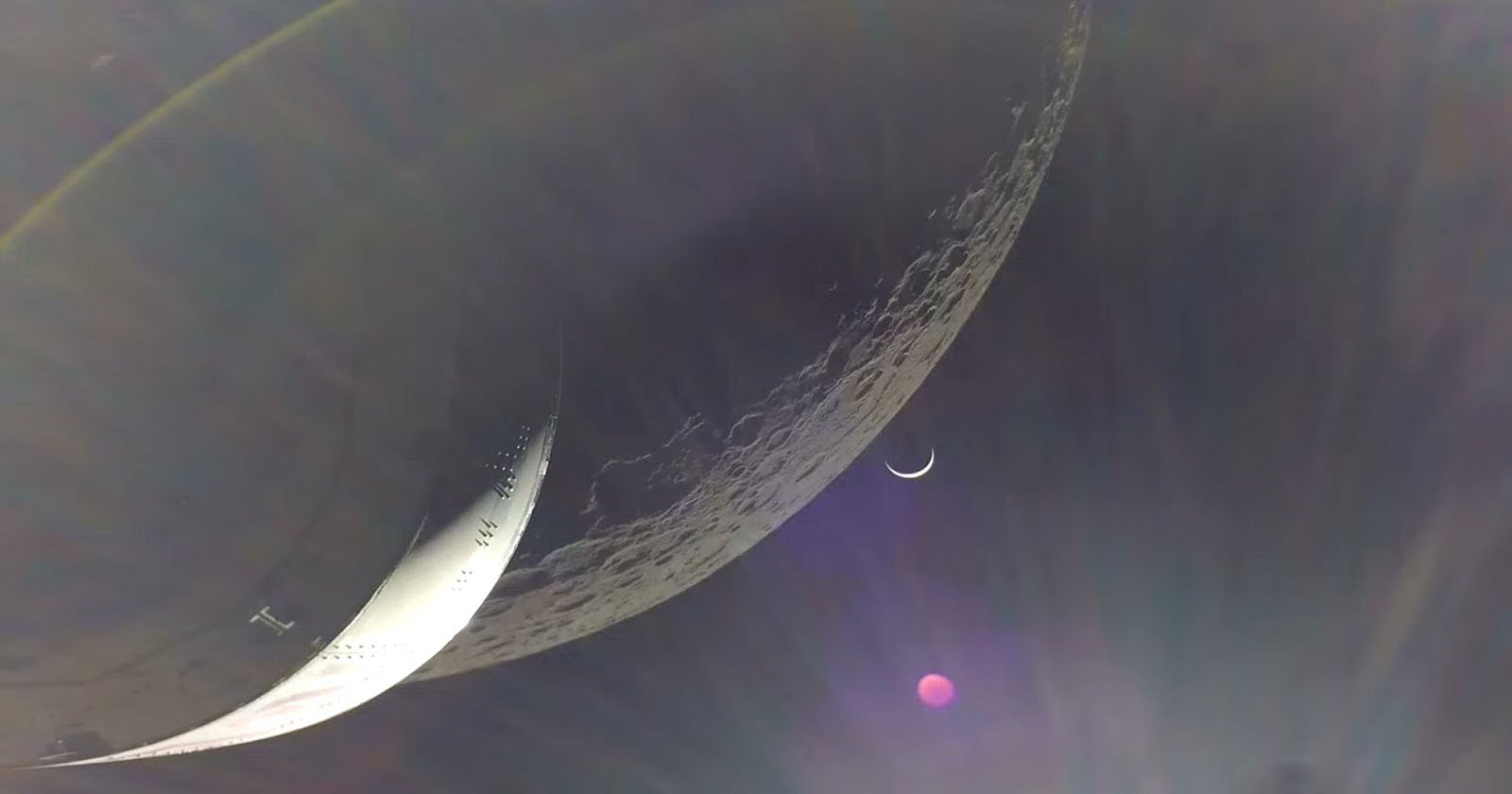
The Orion spacecraft captured this incredible photo as it passed by the Moon on its way home back to Earth.
NASA’s Orion is an uncrewed spacecraft, part of the Artemis I mission, that was set to travel about 40,000 miles beyond the Moon and return to Earth over the course of 25.5 days, during which has sent back photos and videos from its unique perspective. The spacecraft is equipped with 16 cameras which have allowed it to share some breathtaking photos during its journey.
Orion already captured a gorgeous set of “selfies” as it sailed past the moon on its way out, followed by a documention of its greatest distance from Earth — 268,563 miles, farther away from Earth than any other spacecraft built for humans — and now has shared a few more gorgeous photos as it passes close by the Moon on its way home to Earth, a sign that it has almost completed its full journey.
![]()
“Orion captured the Earth rising behind the Moon following the return powered flyby,” NASA Johnson writes, explaining the situation. “The 3 minute, 27 second, return powered flyby burn, committed the spacecraft to a December 11 splashdown in the Pacific Ocean.”
NASA has already announced the plans for the live coverage of the Orion spacecraft’s return to Earth, which is still on schedule for December 11. a “return powered flyby burn” is when the spacecraft harnesses the Moon’s gravity and accelerates back toward Earth.
![]()
“Orion has begun its return trek toward Earth, completing a burn December 1, to exit a lunar orbit thousands of miles beyond the Moon, where engineers have been testing systems to improve understanding of the spacecraft before future missions with astronauts,” NASA explains.
On its way home, Orion will reach a speed of 25,000 miles per hour (40,233 kilometers) and reach a temperature of 5,072 degrees Fahrenheit (2,800 Celsius), marks that are both faster and hotter than any capsule designed for humans before it. A team is set to deploy today to train at the expected splashdown location to make final preparations for recovery.
The mission can be followed in real-time from NASA’s Orion tracker as well as via live imagery that is being broadcast from the spacecraft.
Image credits: NASA







